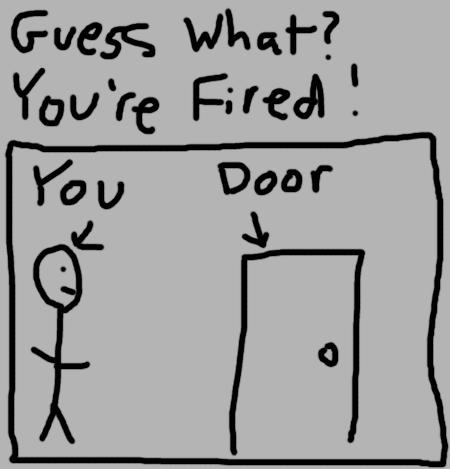EMU Cuts Almost All FT Non-Tenured Faculty Members in its College of Education
by Matthew Thomas
EASTERN MICHIGAN University issued layoff notices to ten of its eleven full-time non-tenured faculty in the College of Education. Some have been with the university for decades. The layoffs are effective for the fall semester of 2014.
No part-time faculty were laid off, reflecting the administration’s alignment with a national trend toward less experienced, lower-salaried faculty. Those faculty who did not receive the layoff notice reported seeing the writing on the wall in terms of increased class sizes, increased work loads, and worsening conditions.
Katie Shields, a part-time lecturer in the Math Department, delivered a petition with hundreds of signatures of students and faculty members demanding reinstatement of the lecturers. She said, “I came today because what is happening in the College of Education will spread to other departments. I teach College of Education students as well. I had five overrides this semester, and that is common.” Overrides are late student additions to the class roster beyond its originally planned size.
“Going from thirty to thirty-five students may not sound like a lot, but that’s a lot of extra work,” she said. “Enrollment is actually going up. We just broke the record for enrollment. The students want the classes. We’re not being canceled for low enrollment. They’re trying to make everyone semester by semester.”
Expressing widespread concern among students and faculty over the dismantling of its core mission, Sarah Smarch, a creative writing lecturer said, “One thing that is never talked about is the quality of education. Relationships are built in this program between the College of Education and local schools that host our student teachers. How can that be maintained with a semester by semester approach?”
Duane Castanier spoke at last week’s meeting of EMU’s governing body, the Board of Regents. “I am one of the teachers from the College of Education that has been laid off after this semester,” she said. “I teach Schools for a Diverse and Democratic Society. My evaluations have been good. Students convey to me how much the course means to them. I was selected Lecturer of the Year. I was quite surprised by the layoff and the reason given. Give full-time lecturers their jobs back for the sake of our students! The value of these lecturers will be severely missed.”
The university claims a lack of student demand is forcing the cuts. EMU President Dr. Susan Martin, whose annual base salary is $300,000, sent a campus-wide email: “Over the past nine years, enrollment in the College of Education has declined by more than 1,400 students, from 4,697 in 2005 to 3,214 in 2013, as students transition from pursuing teaching degrees to degrees in other fields, such as the sciences, health, business, arts and technology. This trend is being echoed at education programs throughout the state and nation.”
However, while student credit hours within the College of Education have decreased 14.9 percent from 2009 to 2013, average class size within the school has remained relatively stable due to faculty attrition, only decreasing from 14.1 students to 13.78 students over the same period.
Since many of the laid-off faculty place and supervise student teachers in local public schools, tenured faculty will now be expected to take more of that responsibility.
Last month Equality for Contingent Faculty: Overcoming the Two-Tier System by Keith Hoeller was published. In it Hoeller, a longtime adjunct professor of philosophy at Green River Community College in Washington, states, “one million professors now teach off the tenure track and make up 75 percent of all college professors.
“Throughout the country, college administrators, often with the collaboration of academic unions, have gone to great lengths to keep their increasing numbers of adjunct faculty secret from students, parents, legislators, accreditors, foundations, and the public.”
Hoeller chronicles a “new academic labor system under which the explosion of graduate students and the abuse and overuse of adjunct and non-tenure-track faculty is the most prominent characteristic of a new employment strategy sometimes referred to as the two- or multi-tiered labor system.
“In the past thirty-eight years, the percentage of professors holding tenure-track positions has been cut nearly in half. Full-time tenure-stream professors went from 45.1 percent of America’s professoriate in 1975 to only 24.1 percent in 2011, with only one in six (16.7 percent) professors now possessing tenure.
“In the meantime, the percentage of professors teaching off the tenure track increased from 54.8 percent in 1975 to 76 percent in 2011. From 1975 to 2011, the number of tenure-track and tenured professors increased by only 35.6 percent nationwide, while the number of part-time professors increased by 305.3 percent.”
The Detroit Free Press published a report last month, “Higher-ed dollars increasingly going to administrative, support staff,” in which EMU is reported to have increased its part-time faculty from 2004 to 2012 by 14 percent, its full-time faculty by 9.1 percent, and its full-time administrative staff by 96.27 percent.

